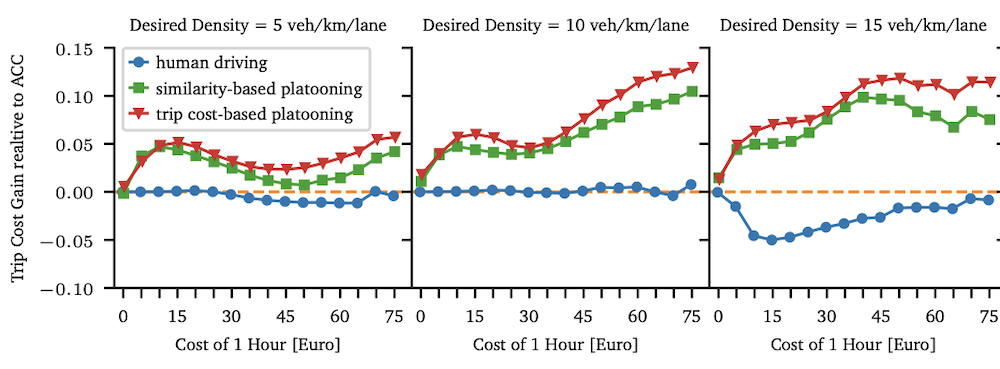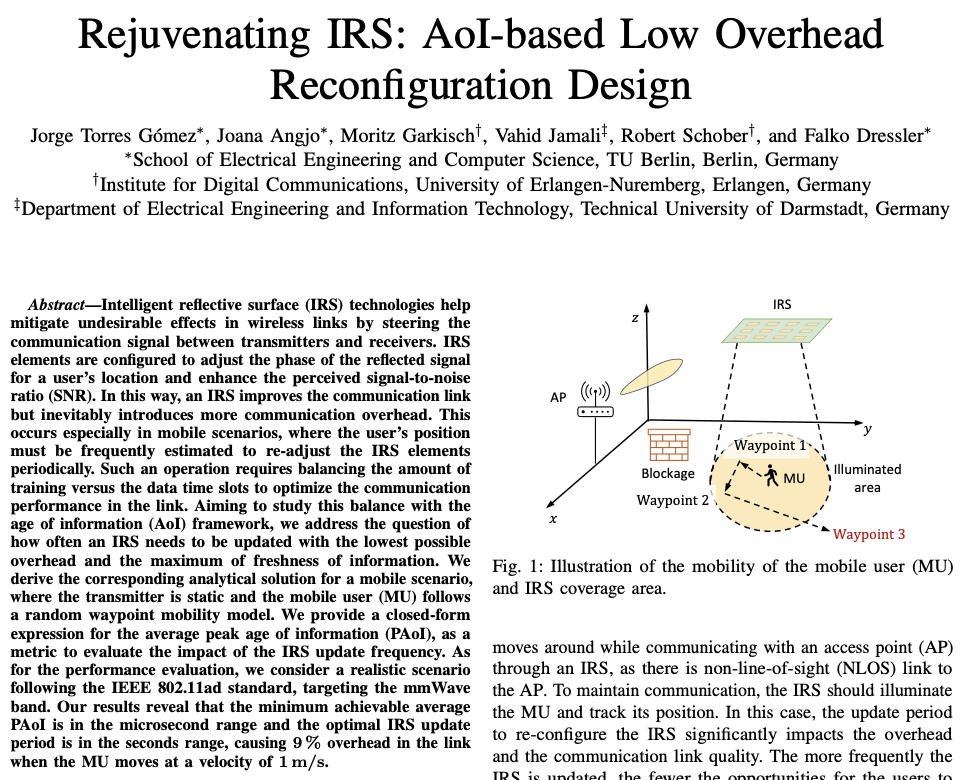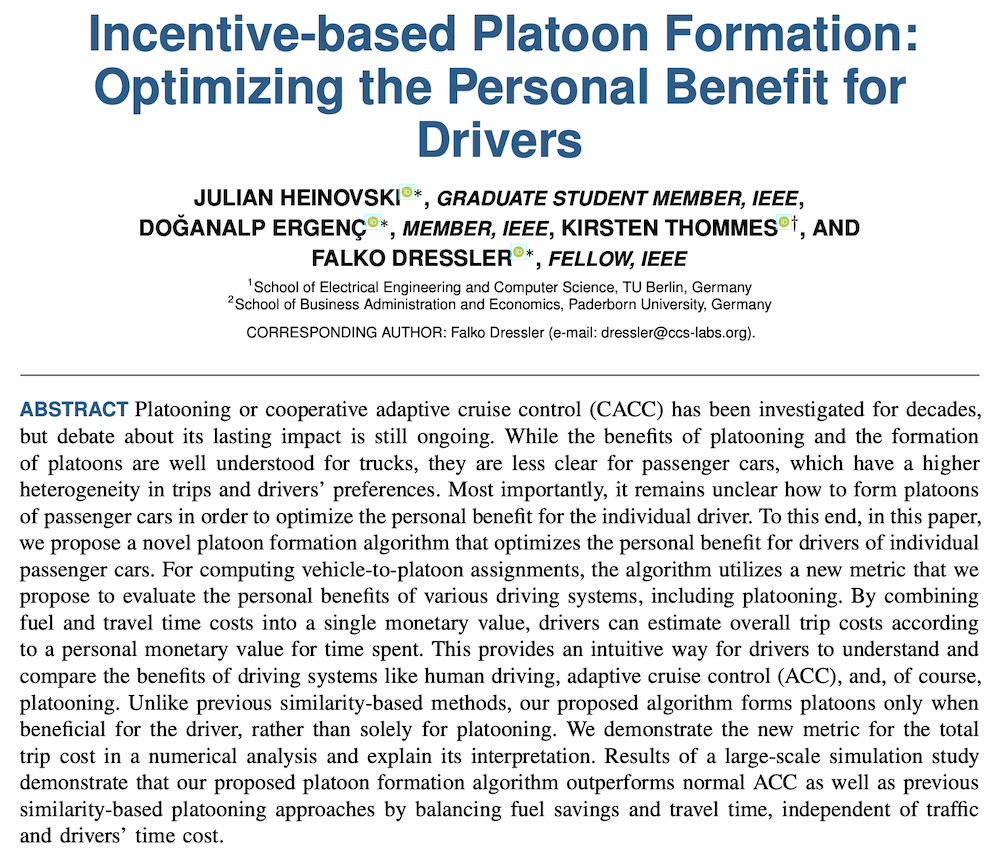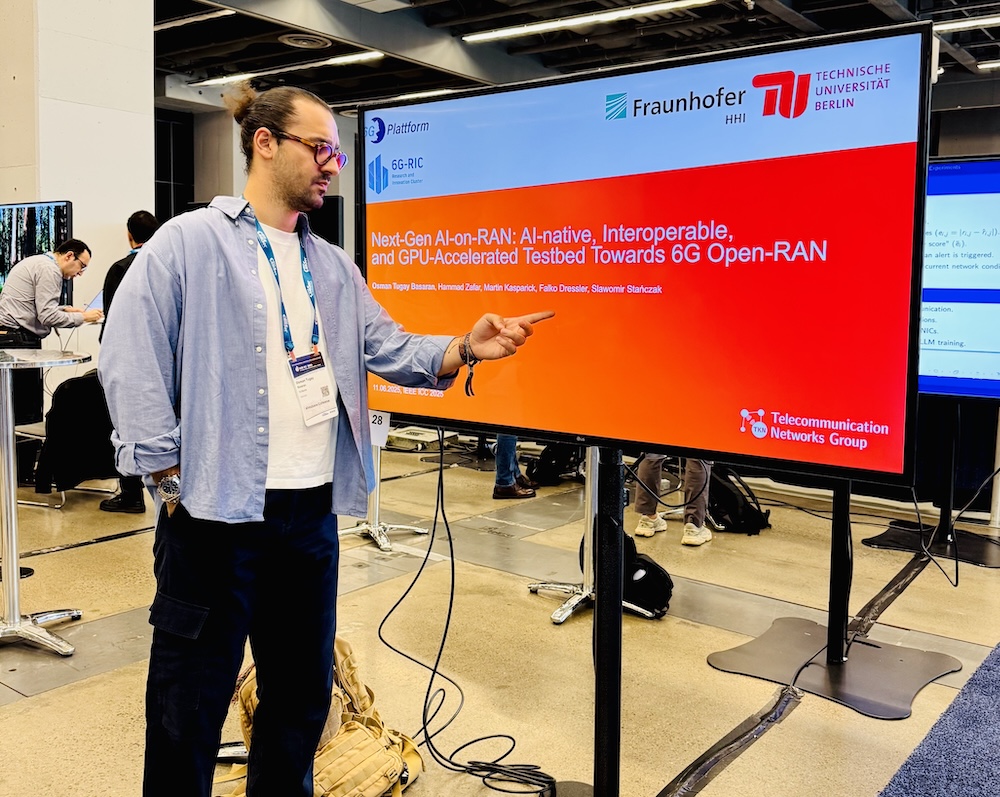Literature Database Entry
farrag2023unmanned
Sara Farrag, "Unmanned Aerial Vehicles-Assisted Wireless Communication Networks in THz Band," PhD Thesis, Faculty of Information Engineering and Technology, The German University in Cairo (GUC), June 2023. (Advisors: Ahmed El-Mahdy, Engy A. Maher and Wassim Alexan; Referees: Falko Dressler, Torsten Braun, Hany Amin and Fatma Newagy)
Abstract
With the explosive increase of data traffic in various communication scenarios, evolving modern spectrum resources for near future sixth generation (6G) has become urgently needed. In order to satisfy this ever–increasing bandwidth demands for the 6G applications, researchers and technology makers started investigating the existing gaps in the frequency spectrum. One of these gaps is the terahertz (THz) frequency range which promises huge bandwidth that theoretically reaches up to some THz. This in turn results in potential capacity in the order of Terabits/sec. The deployment of flying platforms such as unmanned aerial vehicles (UAVs), or drones, is expeditiously growing. One of the various UAV applications is UAV relaying in which the UAV is deployed in the network to provide wireless connectivity between two nodes without direct communication link between them. This application is considered an effective technique for throughput increasing, reliability improvement as well as BS coverage extension. Moreover, the high mobility of the UAV relay can improve the communication performance by dynamically adjusting the UAV location according to the surroundings. Reconfigurable intelligent surface (RIS) is considered as a promising low–cost technology that can adaptively control the phase of signals to boost the system performance. In this thesis, we integrate the three above techniques: THz, UAV and RIS to harness their promising privileges in communication networks. So, we consider a single–cell cellular network with a UAV deployed as a relay in the full-duplex (FD) mode in order to assist a base station (BS) and extend its coverage over THz channel in the presence of underlaying device–to–devices (D2Ds) communications. A joint power allocation and trajectory optimization scheme that minimizes the outage probability of the link between the BS and a mobile device (MD) through a UAV deployed as a decode and forward (DF) is derived in presence of the interference of the D2D devices that share the same THz frequency band. Furthermore, the optimum powers of the MD and the UAV that maximize the achievable rate at the BS are obtained. After that, we further enhance the system model by equipping the UAV with an RIS, where a closed form expression for the outage probability is derived. Also, optimal precoding matrix for the RIS is obtained to improve the system performance. Furthermore, the UAV’s position is optimized to minimize the derived outage probability. Then, the sum rate of the uplink RIS–aided network involving underlaying D2D devices is derived. The maximization of the derived sum rate is considered, where the transmitting powers as well as the phase shifts and amplitudes of the RIS elements are optimized separately. Then, a joint power allocation and RIS precoding matrix optimization problem is formulated and solved. Both active and passive RIS cases are considered. The performance of the proposed scheme we evaluate and numerical results are obtained and then compared to its counterparts from the literature. Numerical results show that deploying UAV and active RIS–assisted mobile communication networks in THz channel is efficient in terms of the sum rate and achievable outage probability.
Quick access
Contact
Sara Farrag
BibTeX reference
@phdthesis{farrag2023unmanned,
author = {Farrag, Sara},
title = {{Unmanned Aerial Vehicles-Assisted Wireless Communication Networks in THz Band}},
advisor = {El-Mahdy, Ahmed and Maher, Engy A. and Alexan, Wassim},
institution = {Faculty of Information Engineering and Technology},
location = {Cairo, Egypt},
month = {6},
referee = {Dressler, Falko and Braun, Torsten and Amin, Hany and Newagy, Fatma},
school = {The German University in Cairo (GUC)},
type = {PhD Thesis},
year = {2023},
}
Copyright notice
Links to final or draft versions of papers are presented here to ensure timely dissemination of scholarly and technical work. Copyright and all rights therein are retained by authors or by other copyright holders. All persons copying this information are expected to adhere to the terms and constraints invoked by each author's copyright. In most cases, these works may not be reposted or distributed for commercial purposes without the explicit permission of the copyright holder.
The following applies to all papers listed above that have IEEE copyrights: Personal use of this material is permitted. However, permission to reprint/republish this material for advertising or promotional purposes or for creating new collective works for resale or redistribution to servers or lists, or to reuse any copyrighted component of this work in other works must be obtained from the IEEE.
The following applies to all papers listed above that are in submission to IEEE conference/workshop proceedings or journals: This work has been submitted to the IEEE for possible publication. Copyright may be transferred without notice, after which this version may no longer be accessible.
The following applies to all papers listed above that have ACM copyrights: ACM COPYRIGHT NOTICE. Permission to make digital or hard copies of part or all of this work for personal or classroom use is granted without fee provided that copies are not made or distributed for profit or commercial advantage and that copies bear this notice and the full citation on the first page. Copyrights for components of this work owned by others than ACM must be honored. Abstracting with credit is permitted. To copy otherwise, to republish, to post on servers, or to redistribute to lists, requires prior specific permission and/or a fee. Request permissions from Publications Dept., ACM, Inc., fax +1 (212) 869-0481, or permissions@acm.org.
The following applies to all SpringerLink papers listed above that have Springer Science+Business Media copyrights: The original publication is available at www.springerlink.com.
This page was automatically generated using BibDB and bib2web.






